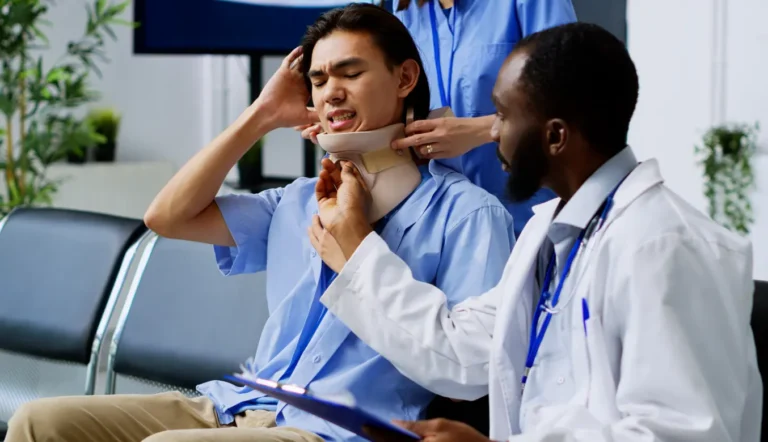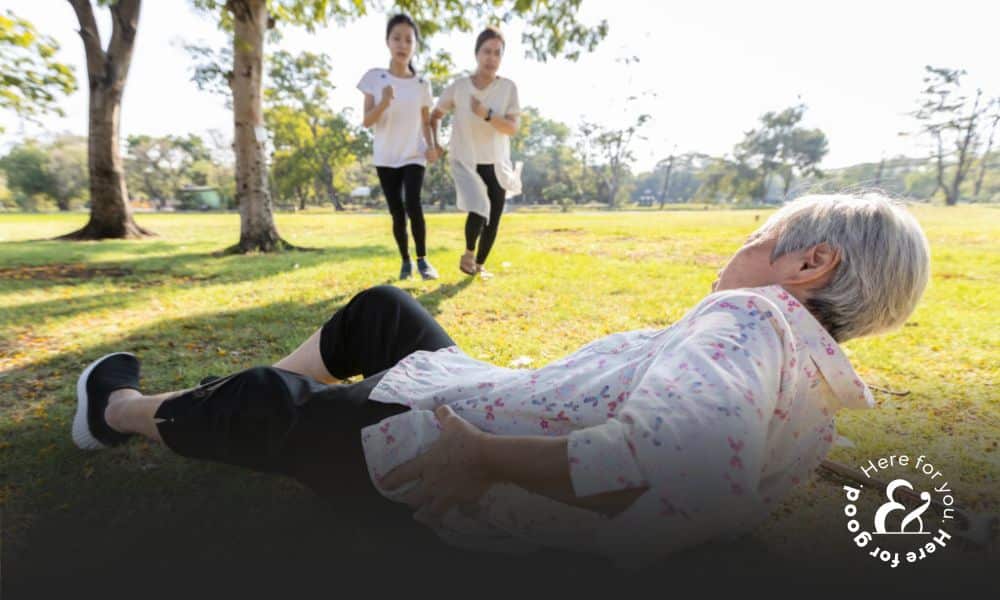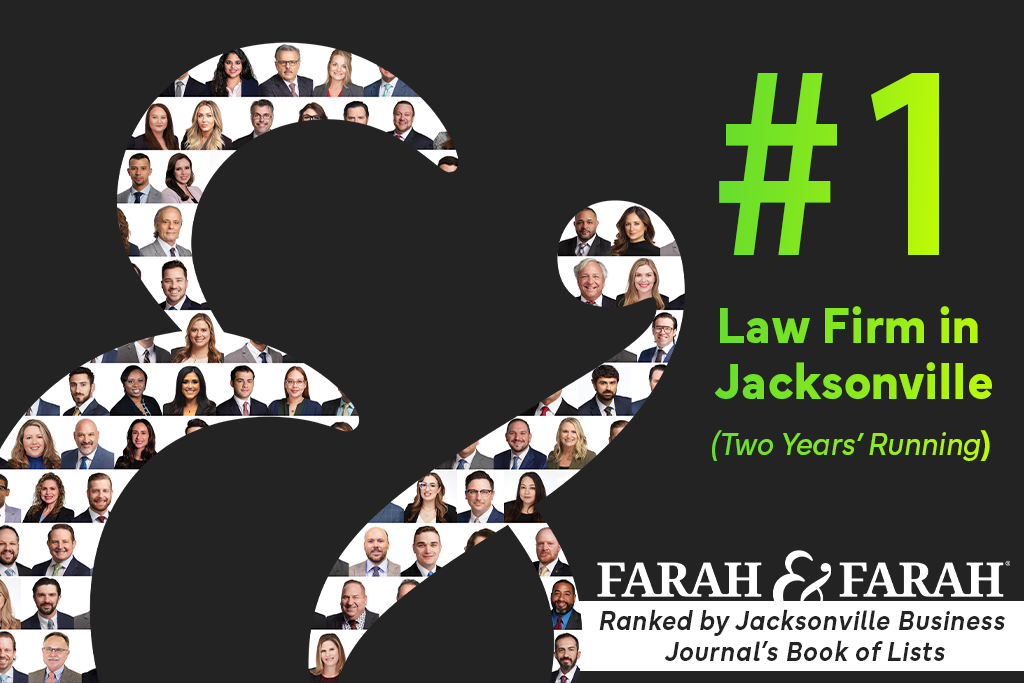Slip and fall accidents are a leading cause of injury, both fatal and non-fatal, in those over the age of 65. Millions of injuries and thousands of deaths amongst the elderly have been linked to slip and fall accidents. While falls can be dangerous for people of any age, a fall can be more dangerous for those who are older. This is due to bone and muscle loss that increase the risk of a fracture in the event of a fall. The injuries that occur from slip and fall accidents that involve the elderly are most commonly broken bones, hip fractures, and head trauma.
These injuries have a huge impact on the elderly’s ability and confidence to be independent. That’s why it’s imperative to reduce the risk of slip and fall accidents among older individuals wherever and whenever possible.
How To Reduce the Risk of Slip and Fall Accidents
Fortunately, there are methods that can be used to prevent or reduce slip and fall accidents. In addition, property owners and managers can take steps to make their property safer for everyone. The following are some ways to help reduce slip and fall accidents:
- Clean up spills immediately
- Keep floors clean and dry
- Keep floors clear of tripping hazards
- Provide good lighting for visibility
- Use anti-slip materials
- Warn of wet floors and other hazards
- Conduct regular safety inspections
- Follow all building codes and regulations
There are also some steps that older individuals can take to reduce their risk of a fall:
- Get regular medical checkups
- Exercise
- Wear sturdy shoes
- Use a mobility aid when needed
Why Are the Elderly More at Risk of a Slip and Fall Accident?
Slip and fall accidents are more common amongst the elderly as well as more dangerous. The bone loss and muscle loss that occur with age increase the risk of a fall in the first place and then, on top of that, also increase the risk of an injury as well as the recovery time. The following are risk factors that make slip and fall accidents more likely to occur amongst older adults:
- Decreased muscle
- Decreased bone density
- Reduced vision and hearing
- Slower reflexes
- Decreased balance
- Medication side effects



If you were injured in an accident due to someone else’s negligence, Farah & Farah is here for you. We’ve relentlessly fought for the right to compensation for our clients and their families since 1979.
Most Common Causes of Slip and Fall Accidents
Slip and fall accidents can be caused by a variety of hazards within a home, a business, or other location. It’s the property owner’s responsibility to ensure that the premises is kept safe for people of all ages and may be held liable if an accident occurred. Common causes of slips and falls can be wet floors, uneven surfaces, tripping hazards such as loose floorboards or items in a walkway, and poor lighting.
What Are the Highest-Risk Locations for Slip and Fall Accidents?
There are certain places where there should be extra measures taken to mitigate fall hazards. Bathrooms and kitchens are common areas where falls might be more common due to the presence of water. Public areas where water could be spilled or tracked in due to poor weather are also high-risk locations, especially near entrances and exits and places where people may be eating or drinking. Property owners should take care to prevent falls as much as possible over the entire premises, but should pay special attention to high-risk locations.
Who Is Liable in a Slip and Fall Accident?
While some slip and fall accidents are just that—accidents—sometimes, there is someone who was negligent in their care of the premises on which the fall occurred. For example, a wet floor could have been unmarked, a property owner may not have properly maintained the premises, or someone may have left a tripping hazard in a walkway. In cases like these, the property owner or another third party who is responsible for the hazard or for maintaining the property may be liable.
It’s possible for someone to be liable for their own slip and fall accident if they failed to take proper responsibility for preventing the accident, such as wearing appropriate footwear and using mobility aids if they need them.
Negligence in a Slip and Fall Case
Negligence in a slip and fall accident refers to the failure to take reasonable care to prevent harm to others. Legally, negligence involves someone with a duty of care to ensure the safety of those on the property failing to fulfill that duty. If the responsible party fails to maintain the property in a safe condition, this can be considered a breach of duty.
To prove that negligence occurred, you must establish the following:
- A duty of care was owed
- There was a breach of duty
- The breach of duty was directly linked to the injury
- The accident was foreseeable
- There is evidence of injury or loss
For example, if someone slips and falls in a store because someone didn’t clean up a spill, that may qualify as negligence. The business owes a duty of care to its customers, the breach of duty was the failure to clean up the spill, and a reasonable person might anticipate that a spill could cause someone to slip.
How To Prove Negligence in a Slip and Fall Case
It’s important to document everything in a slip and fall case so that you can prove that negligence occurred. Your attorney can help to gather this evidence for you but something like photographs of the accident scene and the injury itself in the immediate aftermath of the fall. Evidence that can help to prove negligence can include:
- Photos or video of the hazard
- Witness statements
- Accident reports
- Maintenance records showing a failure to address an issue
- Security footage of the accident
- Medical records
In the case of an older adult falling, it’s even more important to prove that negligence occurred in the fall. Because falls are a greater risk for the elderly, an insurance company may argue that the fall was due to health issues instead of negligence on the part of a property owner or manager.
Talk to Farah & Farah About Your Slip and Fall Accident
If you or a loved one has been involved in a slip and fall accident, talk to one of Farah & Farah’s experienced slip and fall attorneys. We’ll help you to navigate determining who is liable for the accident and what compensation you may be entitled to. We’re here for you and want to help you through the worst times of your life.










